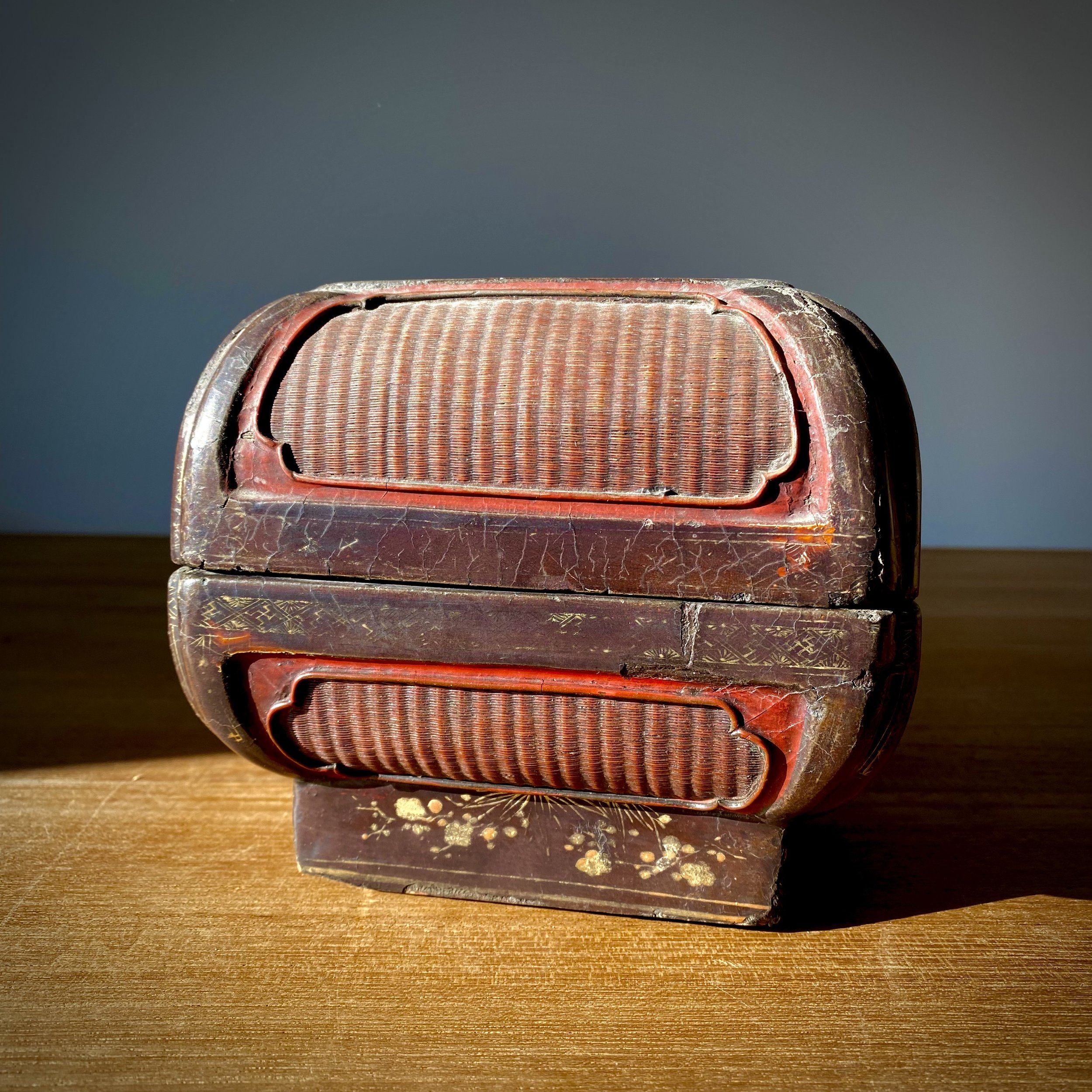 Image 1 of 6
Image 1 of 6

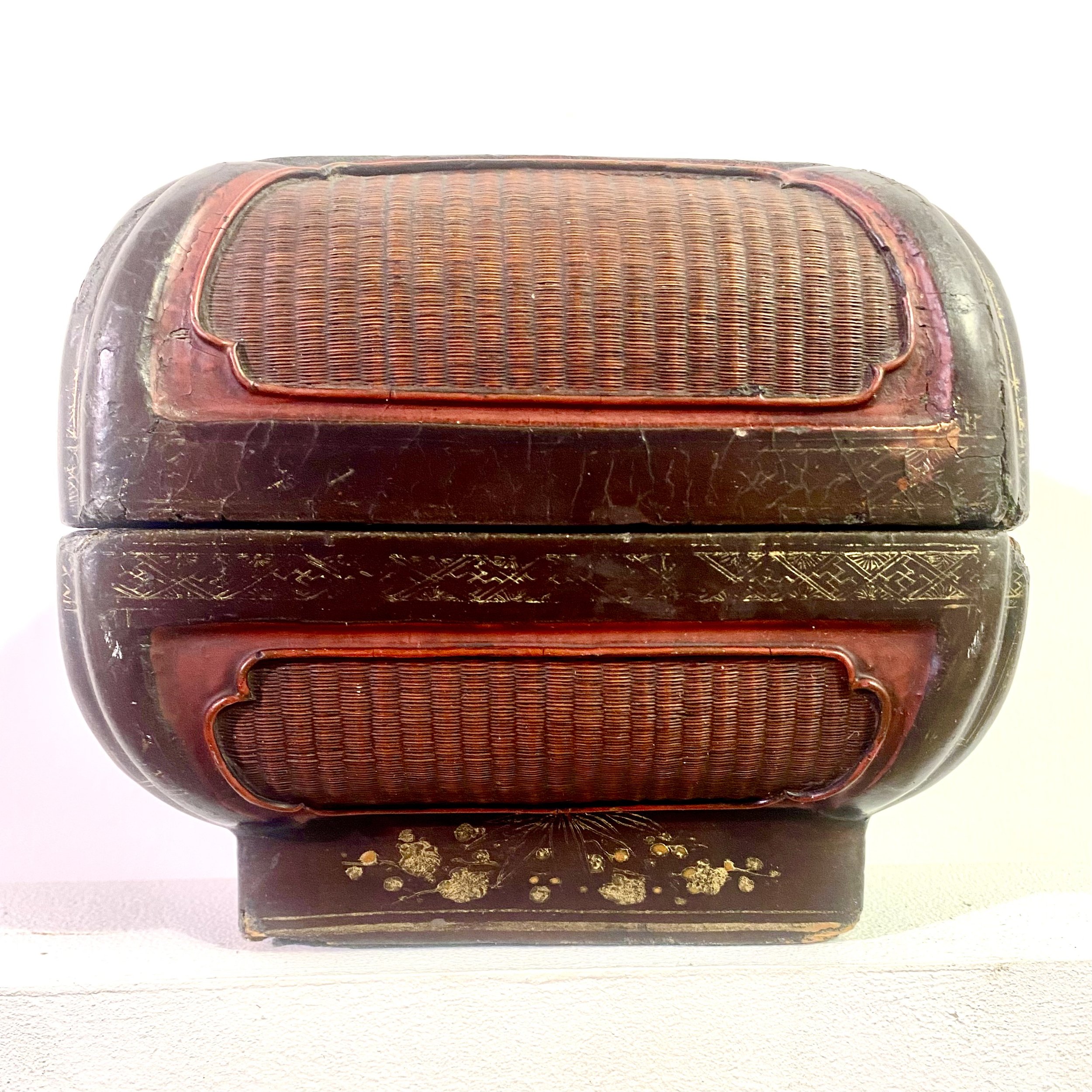 Image 2 of 6
Image 2 of 6

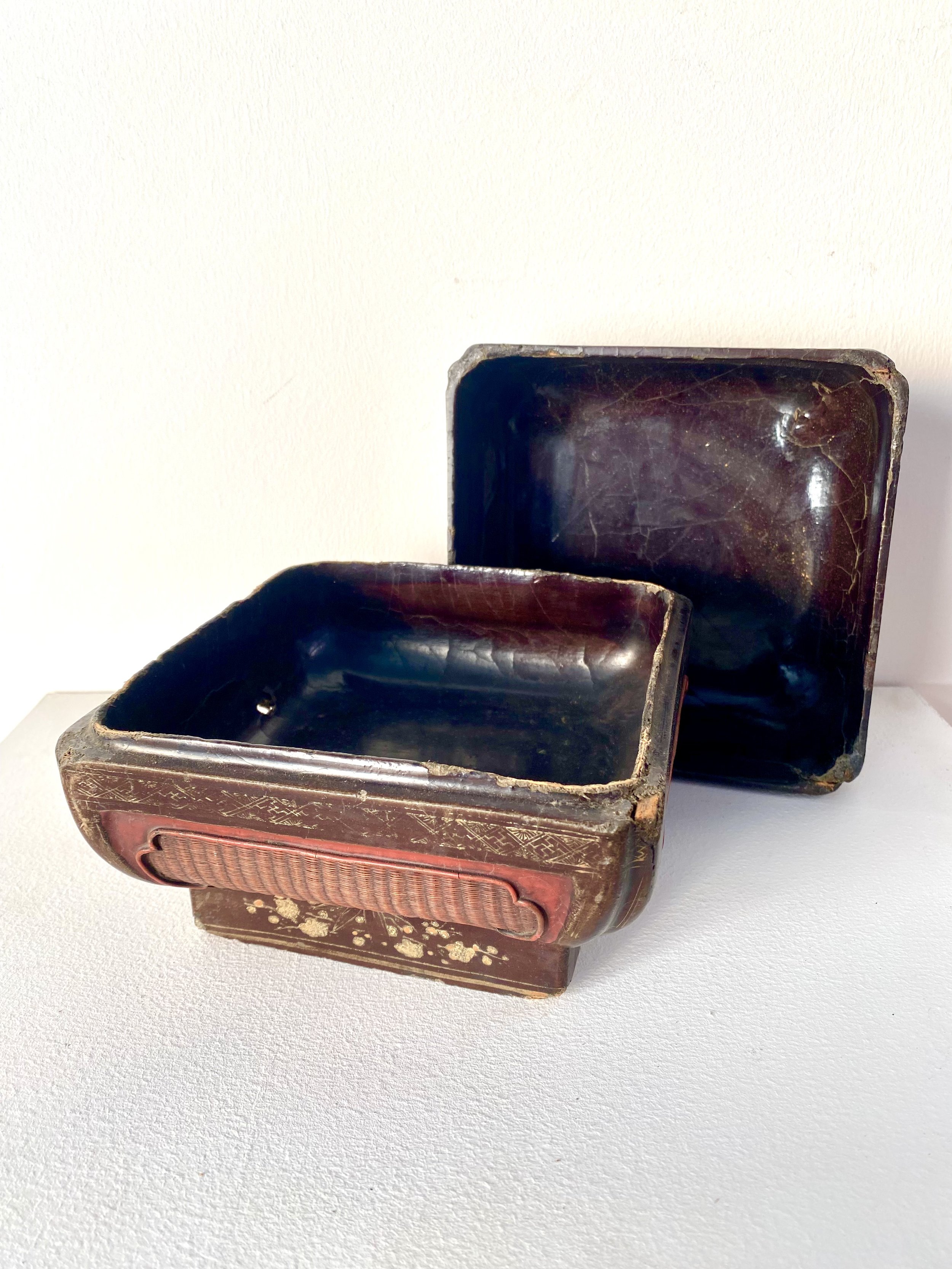 Image 3 of 6
Image 3 of 6

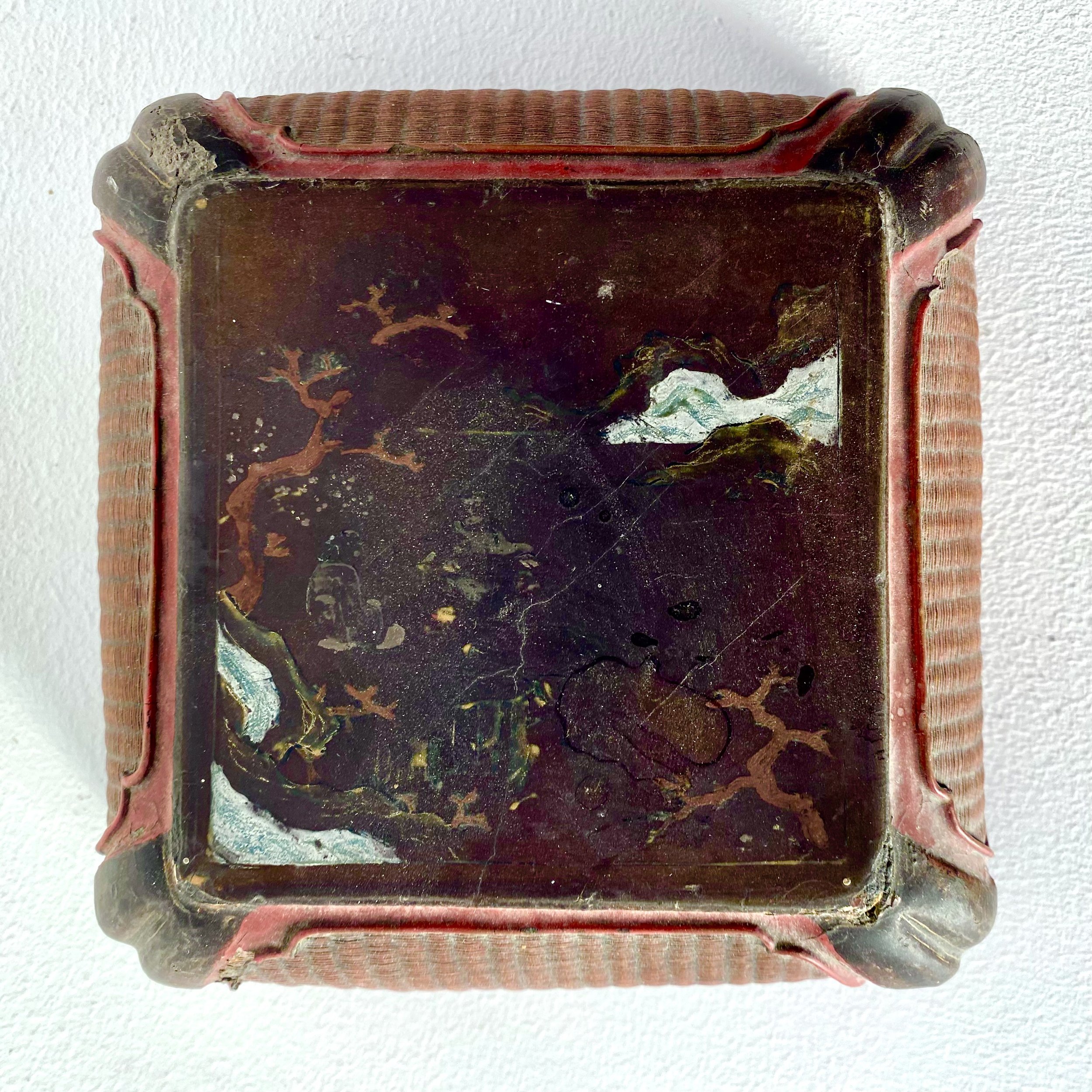 Image 4 of 6
Image 4 of 6

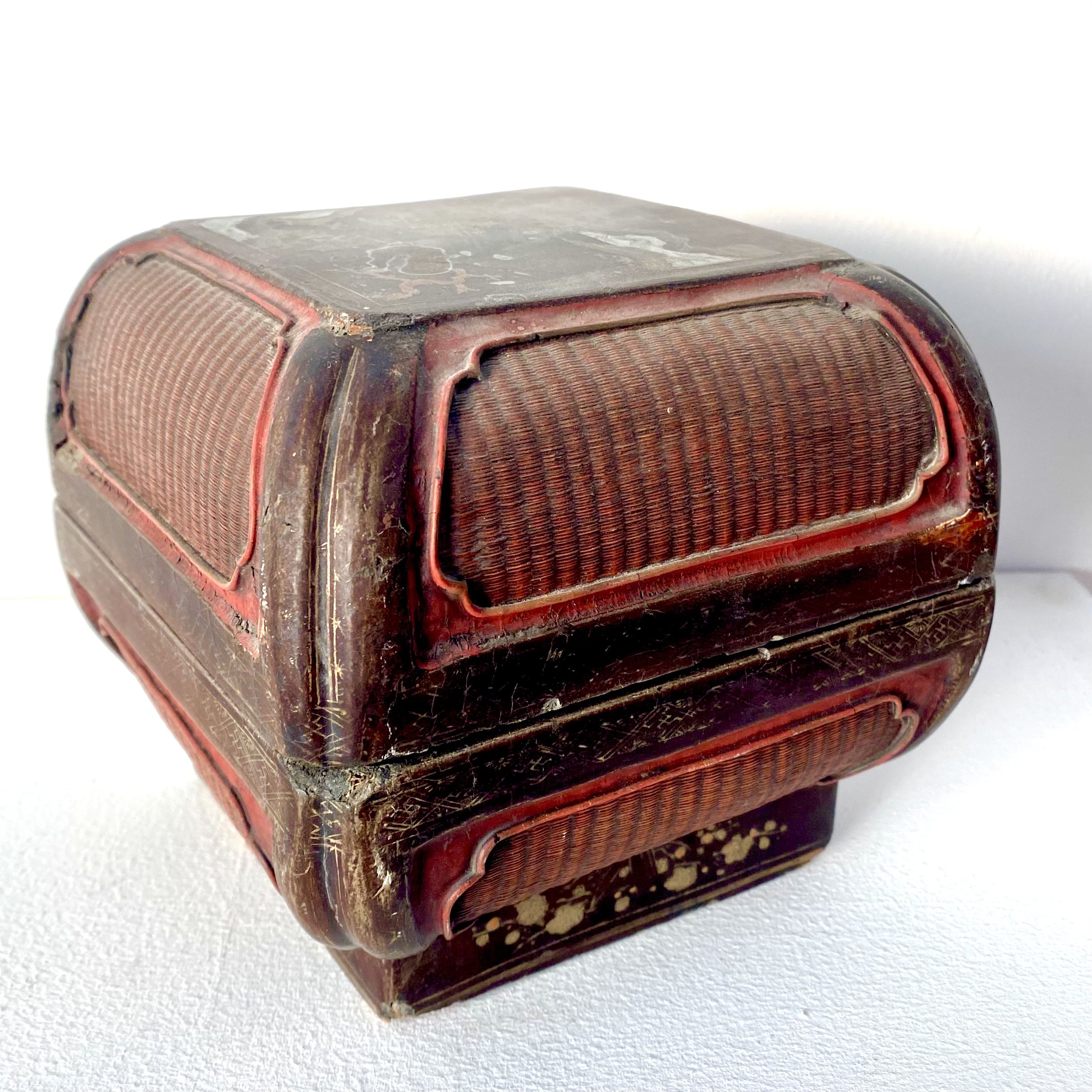 Image 5 of 6
Image 5 of 6

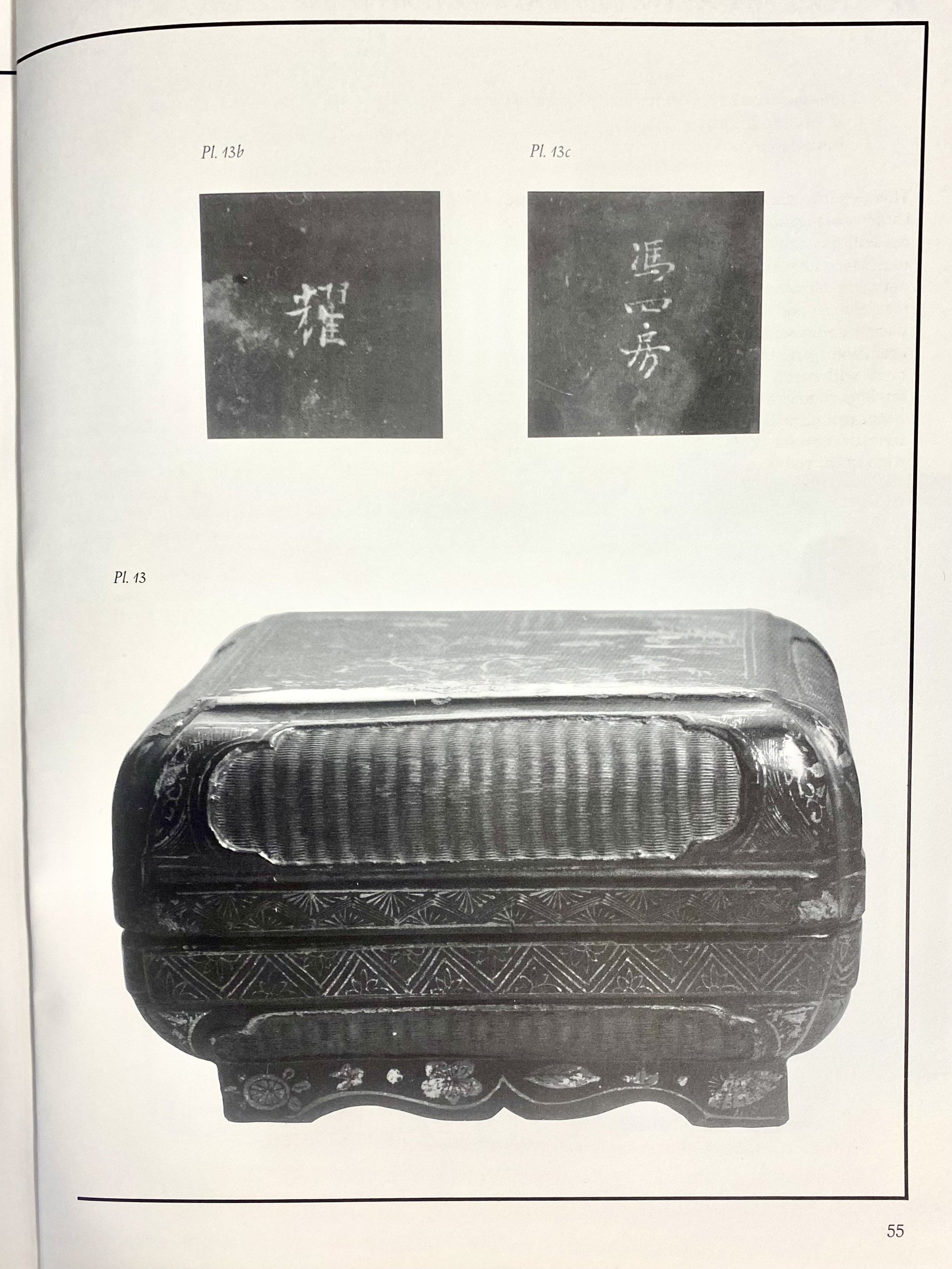 Image 6 of 6
Image 6 of 6







Qing Lacquer Basket-Box
Lacquerware box with cinnabar-red basketry panels, woven of very fine bamboo strips, 18th-early 19th century (Qing dynasty). Lacquer and basketry are equally-ancient Chinese crafts. They were combined from the Neolithic onward, initially as a way of waterproofing, then for decorative effect. Some of the earliest basket-boxes, known as si, have been recovered from tombs of the Western Han period. they contained ritual offerings for use in the afterlife, including food, herbs, silk, and wooden replicas of precious materials such as ivory, gold, and jade.
Beginning in the sixteenth century, there was a renaissance of sumptuously-decorated lacquerware-basketry in China. These basket-boxes likely were used to hold sacred objects for the home altar, but were probably used for other small, precious keepsakes as well. This is an example from that period. It is very similar to one illustrated in The Sumptuous Basket, the catalogue of an exhibition held at the China House Gallery, New York (last image).
Our box appears to have experienced nearly as much trauma as its home country… It has a painted scene on the lid, faded to near obscurity, depicting a traveler resting in a rustic landscape. Other elaborate decorations are partly rubbed away. The lacquer is cracked in places, and the basketwork has some perforations. Otherwise, the piece is intact, and the lid and base have miraculously stayed together over the centuries. A rare, interesting, and evocative object!
6” x 6” x 5.5”
Lacquerware box with cinnabar-red basketry panels, woven of very fine bamboo strips, 18th-early 19th century (Qing dynasty). Lacquer and basketry are equally-ancient Chinese crafts. They were combined from the Neolithic onward, initially as a way of waterproofing, then for decorative effect. Some of the earliest basket-boxes, known as si, have been recovered from tombs of the Western Han period. they contained ritual offerings for use in the afterlife, including food, herbs, silk, and wooden replicas of precious materials such as ivory, gold, and jade.
Beginning in the sixteenth century, there was a renaissance of sumptuously-decorated lacquerware-basketry in China. These basket-boxes likely were used to hold sacred objects for the home altar, but were probably used for other small, precious keepsakes as well. This is an example from that period. It is very similar to one illustrated in The Sumptuous Basket, the catalogue of an exhibition held at the China House Gallery, New York (last image).
Our box appears to have experienced nearly as much trauma as its home country… It has a painted scene on the lid, faded to near obscurity, depicting a traveler resting in a rustic landscape. Other elaborate decorations are partly rubbed away. The lacquer is cracked in places, and the basketwork has some perforations. Otherwise, the piece is intact, and the lid and base have miraculously stayed together over the centuries. A rare, interesting, and evocative object!
6” x 6” x 5.5”